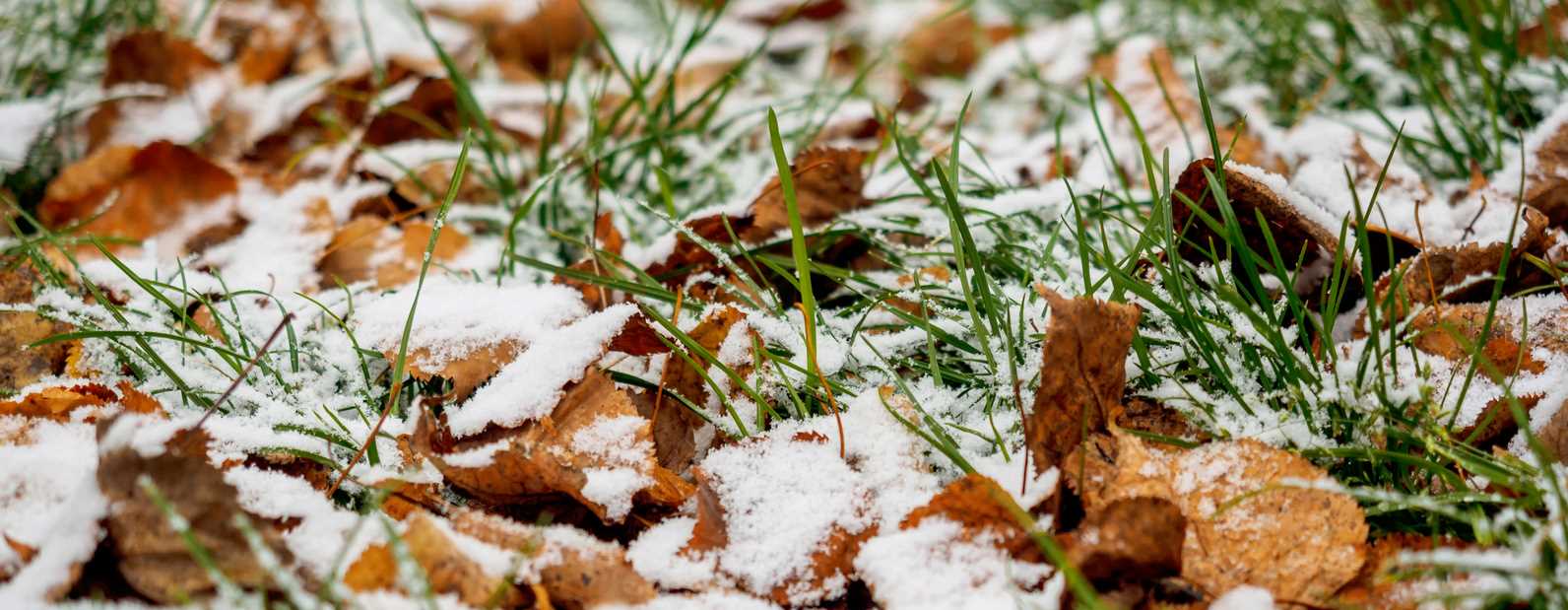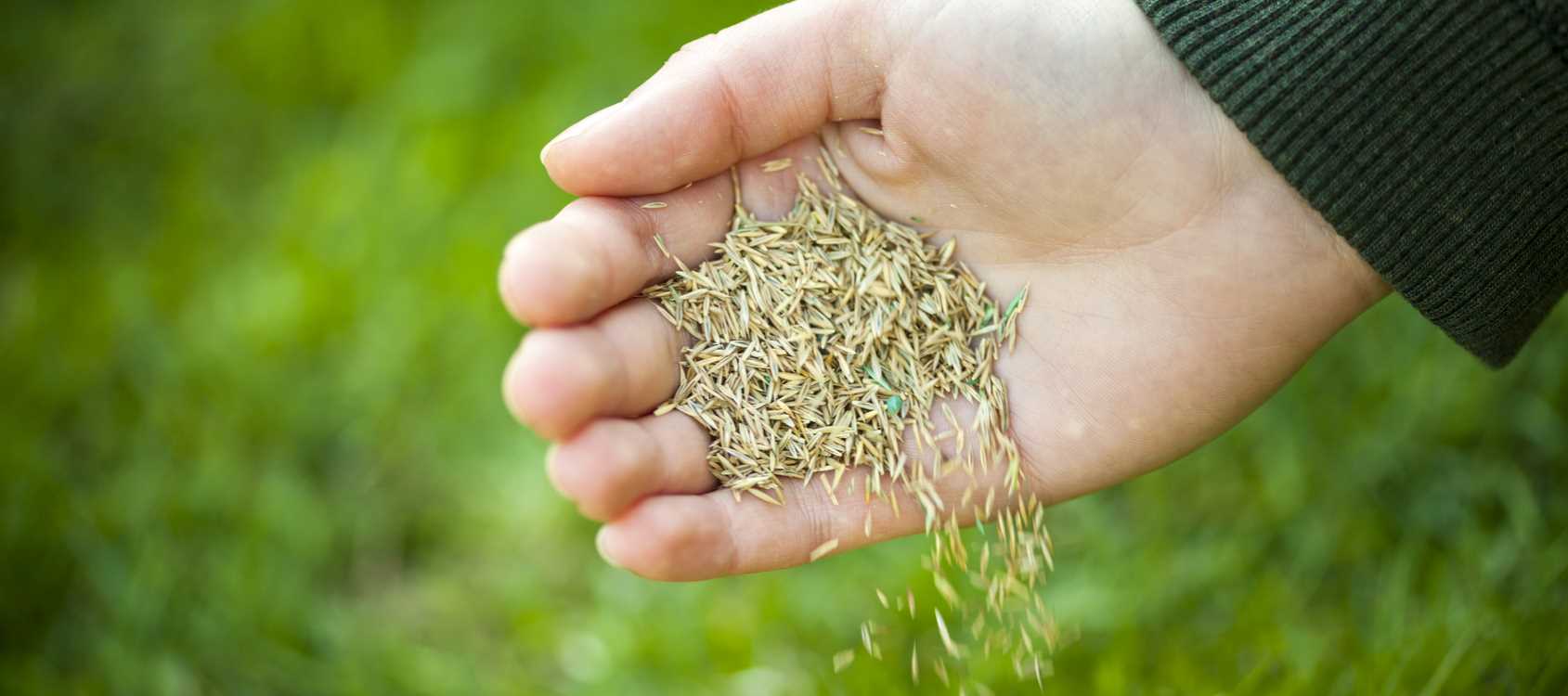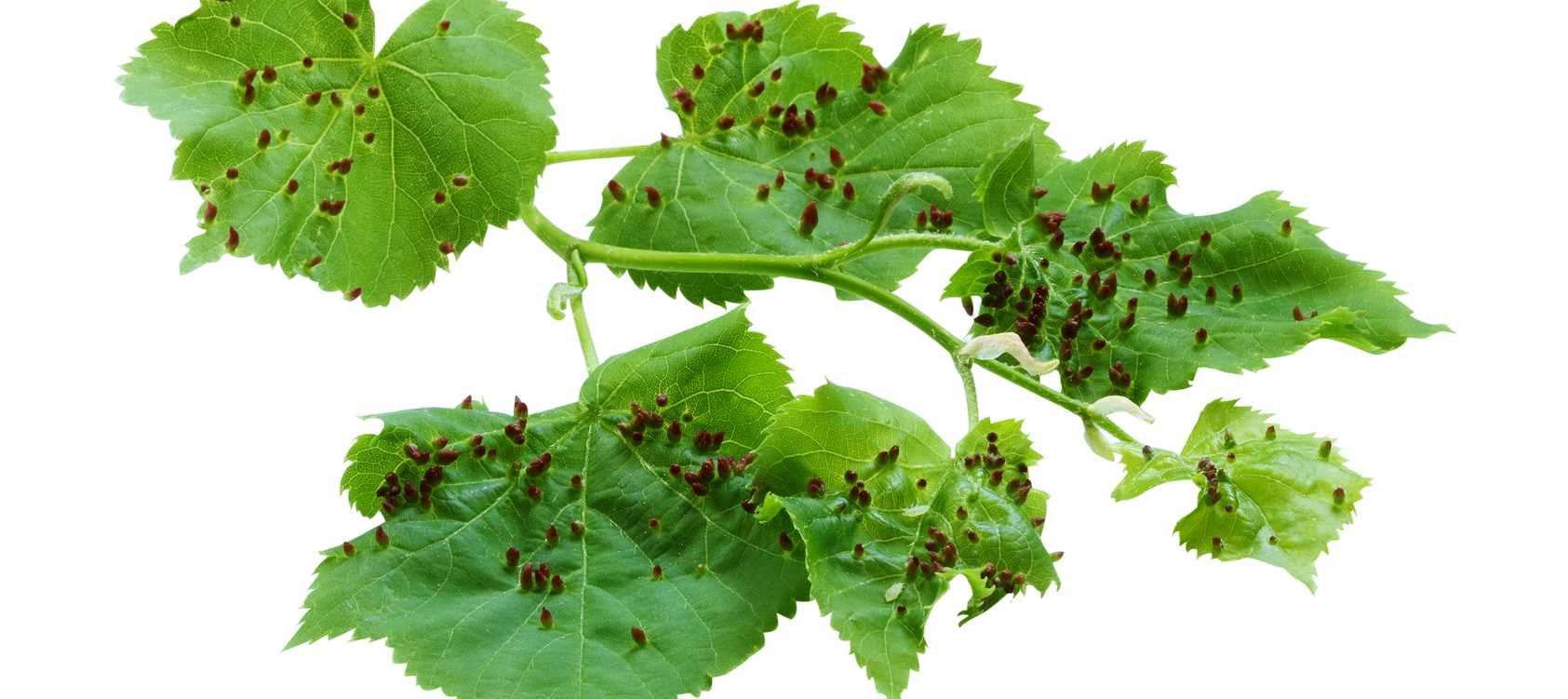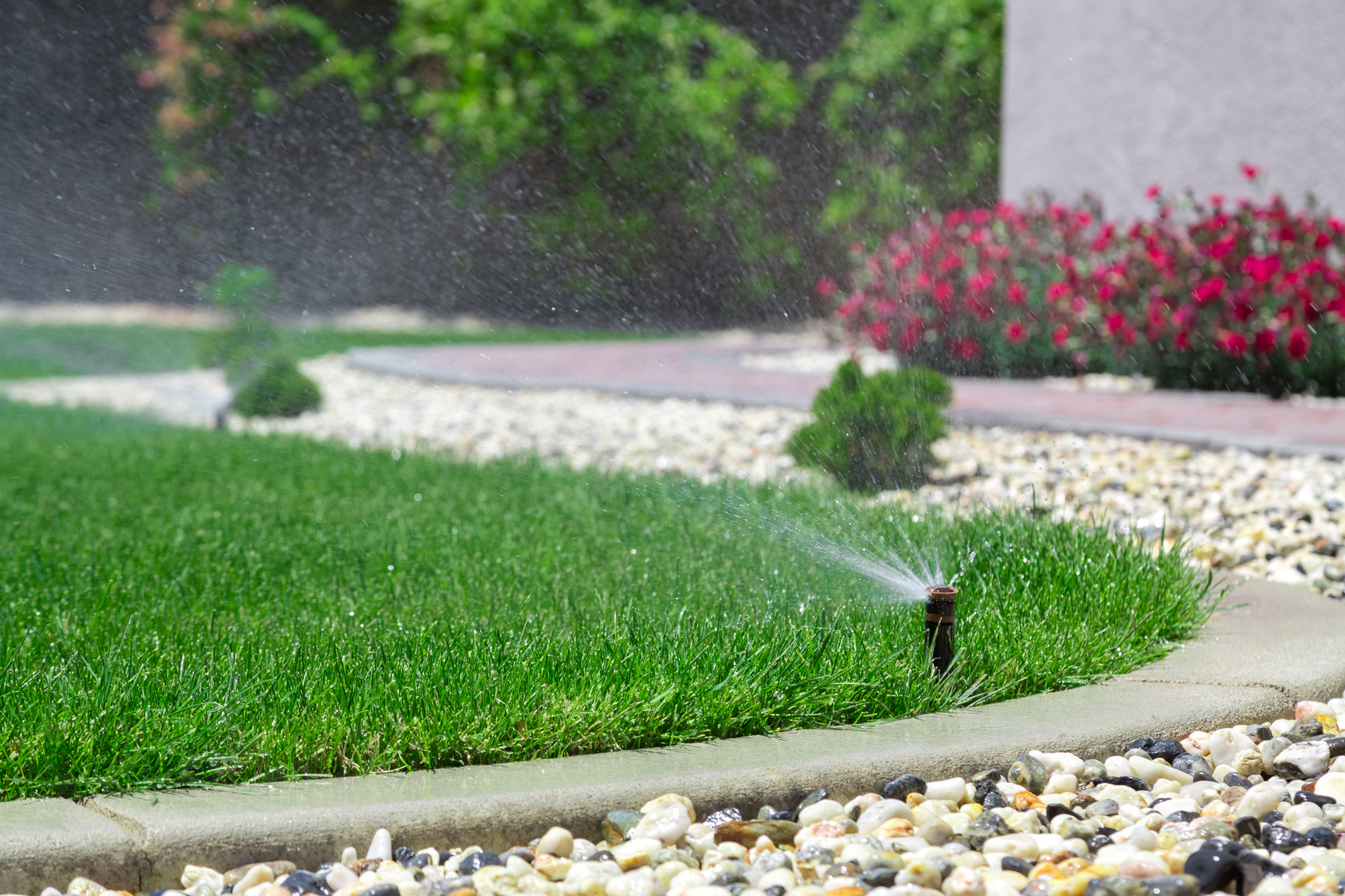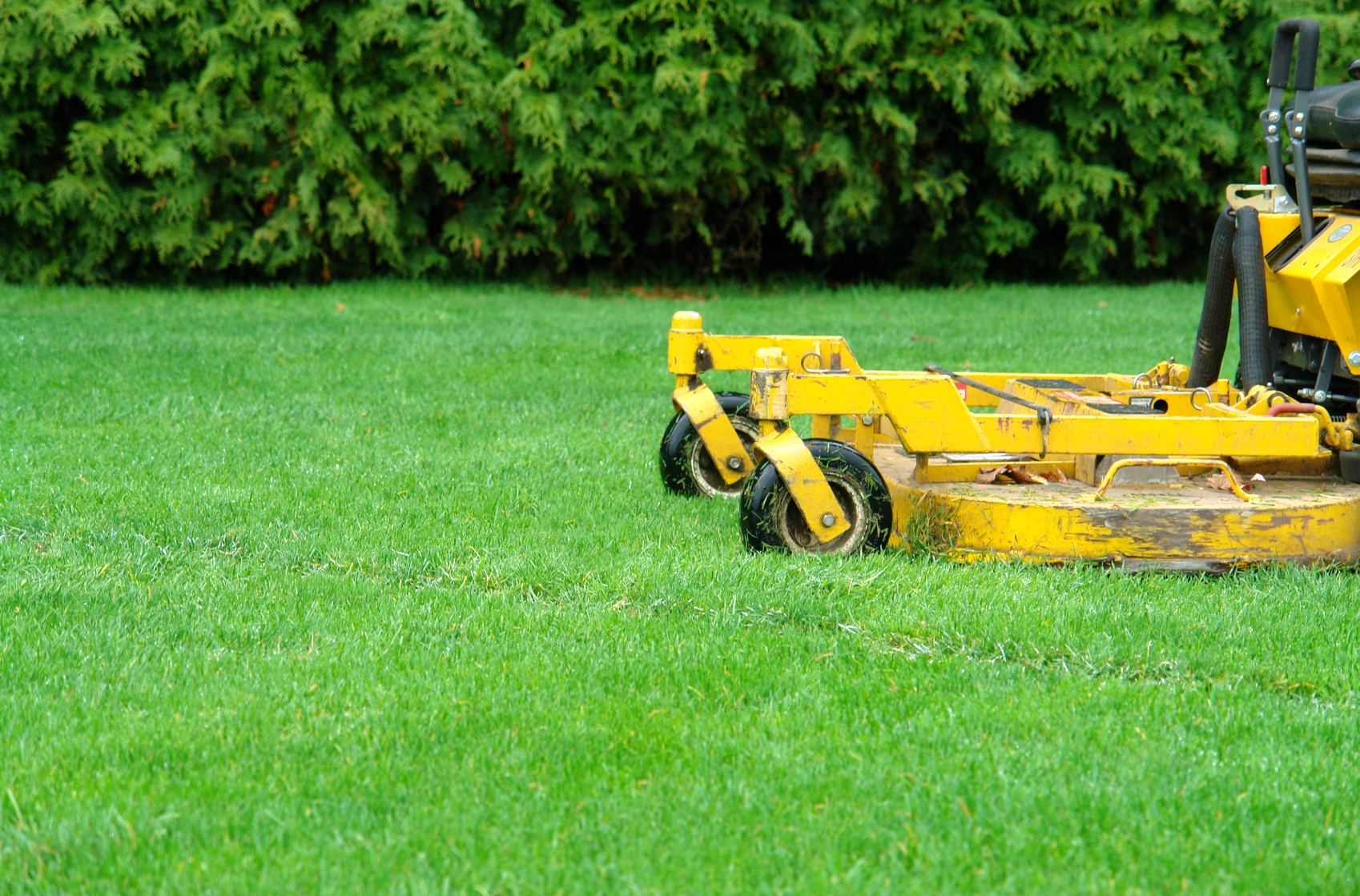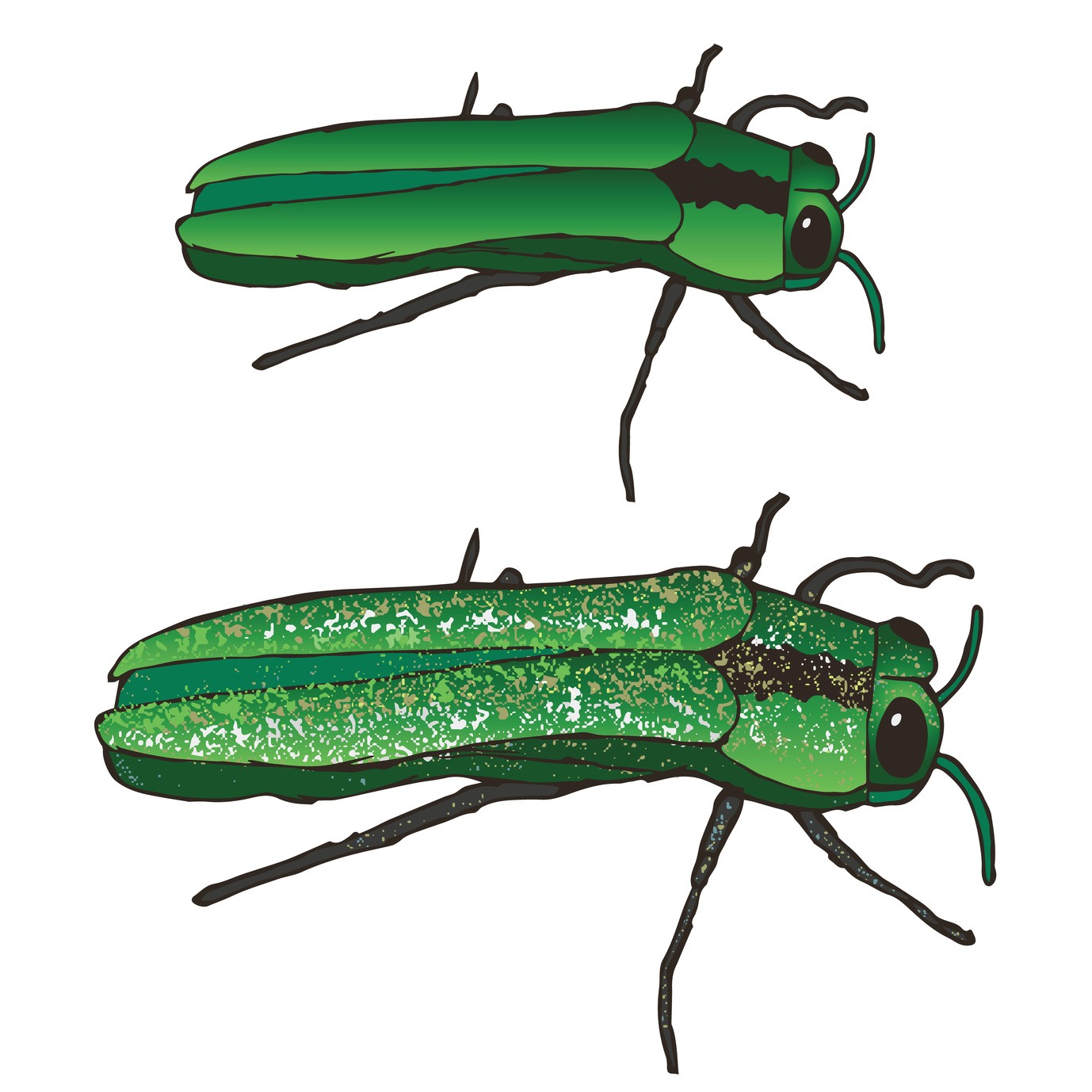Winterize Your Lawn – Winterize Sprinkler System Springfield MO
Winterize Your Lawn
Winter is serious business here in the Midwest. Before you know it, your beautiful lawn will be covered in a blanket of ice and snow. Be sure to prepare so that your grass, shrubs, and plants spring back to life and health when the seasons turn again. Before that happens, you need to prepare and winterize your lawn so that it will be the envy of the neighborhood, when it warms back up in the spring.
Why Winterize?
You may think that your grass just sits there waiting to freeze its roots off when the temperature starts dropping. Actually, grass is smarter than you might think. Cool season grasses can feel when the temperature begins to dip, and they know that it’s time to shunt their energy away from their surface leaves and down to their roots so that they can hibernate during the winter. Come spring, your grass will need to call on those reserves of energy to do lots of growing as the weather warms back up.
A big part of winterization is giving your lawn the right dose of high quality fertilizer so that all of your plants have plenty of energy to store through the winter. You won’t be able to do a thing for your lawn during the winter months, and by spring it will be too little, too late. The time to fertilize is before winter hits.
More Winterization Tips
If you are going to make the effort to fertilize your lawn as part of your winterization efforts, you might as well do it right. Give your lawn even more support by aerating and seeding. Aerating your lawn helps introduce more oxygen into the soil, which the roots of your grass and plants will be eager to gobble up. Seeding can also address any patchy or bald spots on your lawn that a hot summer, lots of use, and pets have a tendency to create.
You’ll definitely be able to see the results of all of your efforts if you winterize the right way. When the snows melts, your grass will spring back to life, lush, green, and healthy. The more grass that grows, the less room for weeds to find their way in!
Include Your Sprinkler System as Part of Your Lawn Winterization Plan
You could perform try to perform some of these lawn winterization tips by yourself if you have the time and the energy, but there is one more important winterization activity that you should definitely hire professionals to perform. During a long, cold winter, the frost can go deep into the ground and freeze any liquid that remains in your irrigation system. Since water expands when it freezes, it can damage your lines, which will be expensive to fix.
Call the professionals at Gabris Landscaping to perform a sprinkler blowout. We use an air compressor to forcefully blow all of the remaining water out of your irrigation system as part of our winterize sprinkler system process before the winter cold sets in. A blowout requires the use of dangerous equipment, and it is not recommended that you try to do it on your own. Instead, let us handle this last part of your winterization plan. A yearly sprinkler blowout is necessary since our winters always include deep frosts.
Don’t gamble with your sprinkler system. If you want to have a beautiful yard in the spring, you need to take the steps to winterize your yard properly.

